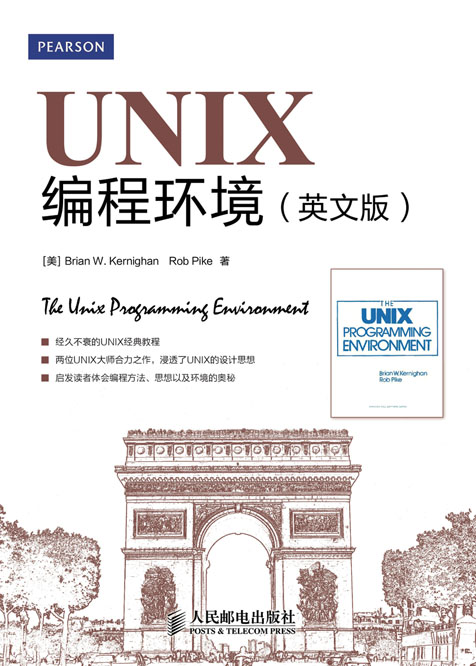

CONTENTS
1. UNIX for Beginners 1
1.1 Getting started 2
1.2 Day-to-day use: files and common commands 11
1.3 More about files: directories 21
1.4 The shell 26
1.5 The rest of the UNIX system 38
2. The File System 41
2.1 The basics of files 41
2.2 What's in a file? 46
2.3 Directories and filenames 48
2.4 Permissions 52
2.5 Inodes 57
2.6 The directory hierarchy 63
2.7 Devices 65
3. Using the Shell 71
3.1 Command line structure 71
3.2 Metacharacters 74
3.3 Creating new commands 80
3.4 Command arguments and parameters 82
3.5 Program output as arguments 86
3.6 Shell variables 88
3.7 More on I/O redirection 92
3.8 Looping in shell programs 94
3.9 bundle: putting it all together 97
3.10 Why a programmable shell? 99
4. Filters 101
4.1 The grep family 102
4.2 Other filters 106
4.3 The stream editor sed 108
4.4 The awk pattern scanning and processing language 114
4.5 Good files and good filters 130
5. Shell Programming 133
5.1 Customizing the cal command 133
5.2 Which command is which? 138
5.3 while and until loops: watching for things 144
5.4 Traps: catching interrupts 150
5.5 Replacing a file: overwrite 152
5.6 zap: killing processes by name 156
5.7 The pick command: blanks vs. arguments 159
5.8 The news command: community service messages 162
5.9 get and put: tracking file changes 165
5.10 A look back 169
6. Programming with Standard I/O 171
6.1 Standard input and output: vis 172
6.2 Program arguments: vis version 2 174
6.3 File access: vis version 3 176
6.4 A screen-at-a-time printer: p 180
6.5 An example: pick 186
6.6 On bugs and debugging 187
6.7 An example: zap 190
6.8 An interactive file comparison program: idiff 192
6.9 Accessing the environment 199
7. UNIX System Calls 201
7.1 Low-level I/O 201
7.2 File system: directories 208
7.3 File system: inodes 214
7.4 Processes 220
7.5 Signals and interrupts 225
8. Program Development 233
8.1 Stage 1: A four-function calculator 234
8.2 Stage 2: Variables and error recovery 242
8.3 Stage 3: Arbitrary variable names; built-in functions 245
8.4 Stage 4: Compilation into a machine 258
8.5 Stage 5: Control flow and relational operators 266
8.6 Stage 6: Functions and procedures; input/output 273
8.7 Performance evaluation 284
8.8 A look back 286
9. Document Preparation 289
9.1 The ms macro package 290
9.2 The troff level 297
9.3 The tbl and eqn preprocessors 301
9.4 The manual page 308
9.5 Other document preparation tools 313
10. Epilog 315
Appendix 1: Editor Summary 319
Appendix 2: hoc Manual 329
Appendix 3: hoc Listing 335
Index 349